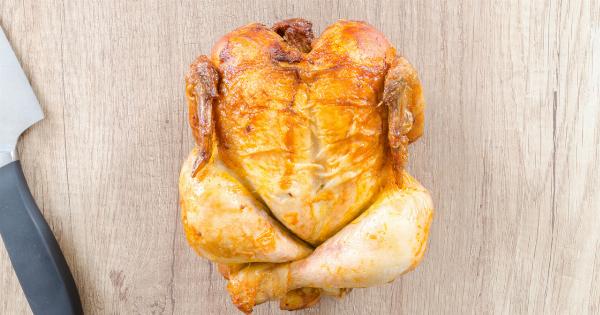Living with diabetes means more than just taking medications and monitoring blood sugar levels. It also means paying close attention to what you eat.
Following a healthy eating plan that focuses on nutrient-rich foods, portion control, and healthy cooking methods can help you manage your blood sugar levels, keep your weight in check, and reduce your risk of complications. Here’s a guide to healthy eating for diabetes:.
1. Focus on Nutrient-Rich Foods
When planning your meals, choose foods that are rich in nutrients but low in fat, sodium, and added sugars. These include:.
- Fruits and vegetables
- Whole grains
- Lean protein sources such as chicken, fish, and beans
- Low-fat dairy products
These foods provide the vitamins, minerals, and fiber your body needs without spiking your blood sugar levels. Aim for a variety of colors and textures to make your meals more visually appealing.
2. Watch Your Carbohydrate Intake
Carbohydrates have the greatest impact on blood sugar levels. That’s why it’s important to monitor your carbohydrate intake. Instead of cutting out carbs entirely, focus on eating the right kind of carbs.
Complex carbs, such as those found in whole grains and vegetables, digest more slowly and are less likely to cause spikes in blood sugar. Simple carbs, found in refined grains and sugars, digest quickly and can cause a rapid rise in blood sugar. Your healthcare provider can help you determine your carb goal for each meal and snack.
3. Practice Portion Control
Even healthy foods can lead to high blood sugar levels if you eat too much of them. That’s why it’s important to practice portion control. Measuring your food can help you see how much you’re actually eating.
Here are some tips for portion control:.
- Use smaller plates and bowls
- Divide your plate into thirds: one-third for lean protein, one-third for non-starchy vegetables, and one-third for complex carbs
- Avoid second helpings
- Use your hand to measure serving sizes (e.g. a serving of meat should be about the size of your palm)
4. Choose Healthy Cooking Methods
The way you cook your food can also affect your blood sugar levels. Avoid fried foods and foods that are high in saturated and trans fats. Instead, opt for healthier cooking methods such as:.
- Baking
- Grilling
- Broiling
- Roasting
- Sautéing with healthy oils such as olive or avocado oil
These methods help retain the nutrients in the food and reduce the amount of fat and calories.
5. Don’t Drink Your Calories
Many beverages are high in added sugars, which can lead to spikes in blood sugar and contribute to weight gain. Instead of sugary drinks, choose water, unsweetened tea, or coffee.
If you want something sweet, try adding a squeeze of lemon or lime to your water.
6. Limit Processed and Packaged Foods
Processed and packaged foods often contain added sugars, sodium, and unhealthy fats. Try to limit your intake of these foods and focus on whole, nutrient-dense foods instead.
7. Work with a Registered Dietitian
A registered dietitian can help you create a personalized eating plan that works for your specific needs and preferences. They can help you navigate the many food choices and make healthy choices that fit your lifestyle.
8. Consider the Glycemic Index
The glycemic index is a measure of how quickly a food affects your blood sugar levels. Foods with a high glycemic index digest quickly and cause a rapid rise in blood sugar.
Foods with a low glycemic index digest more slowly and cause a gradual rise in blood sugar. Consider incorporating more low glycemic index foods in your diet to help control your blood sugar levels.
9. Find Healthy Alternatives to your Favorite Foods
One of the challenges of healthy eating is finding alternatives to your favorite foods. But with a little creativity, you can find healthy and delicious substitutions. For example, instead of regular pasta, try whole grain pasta.
Instead of potato chips, try air-popped popcorn. Instead of sugary desserts, try fresh fruit.
10. Allow for Indulgences
Healthy eating doesn’t mean you have to give up all your favorite foods. In fact, allowing for indulgences can help you stick to your healthy eating plan in the long run.
Just be sure to practice moderation and compensate by making healthier choices for the rest of the day.



























